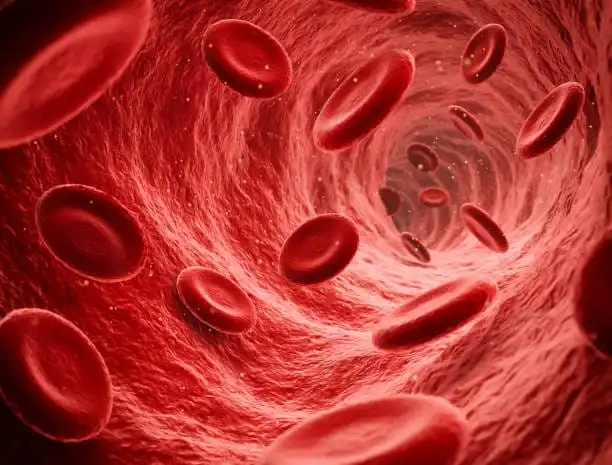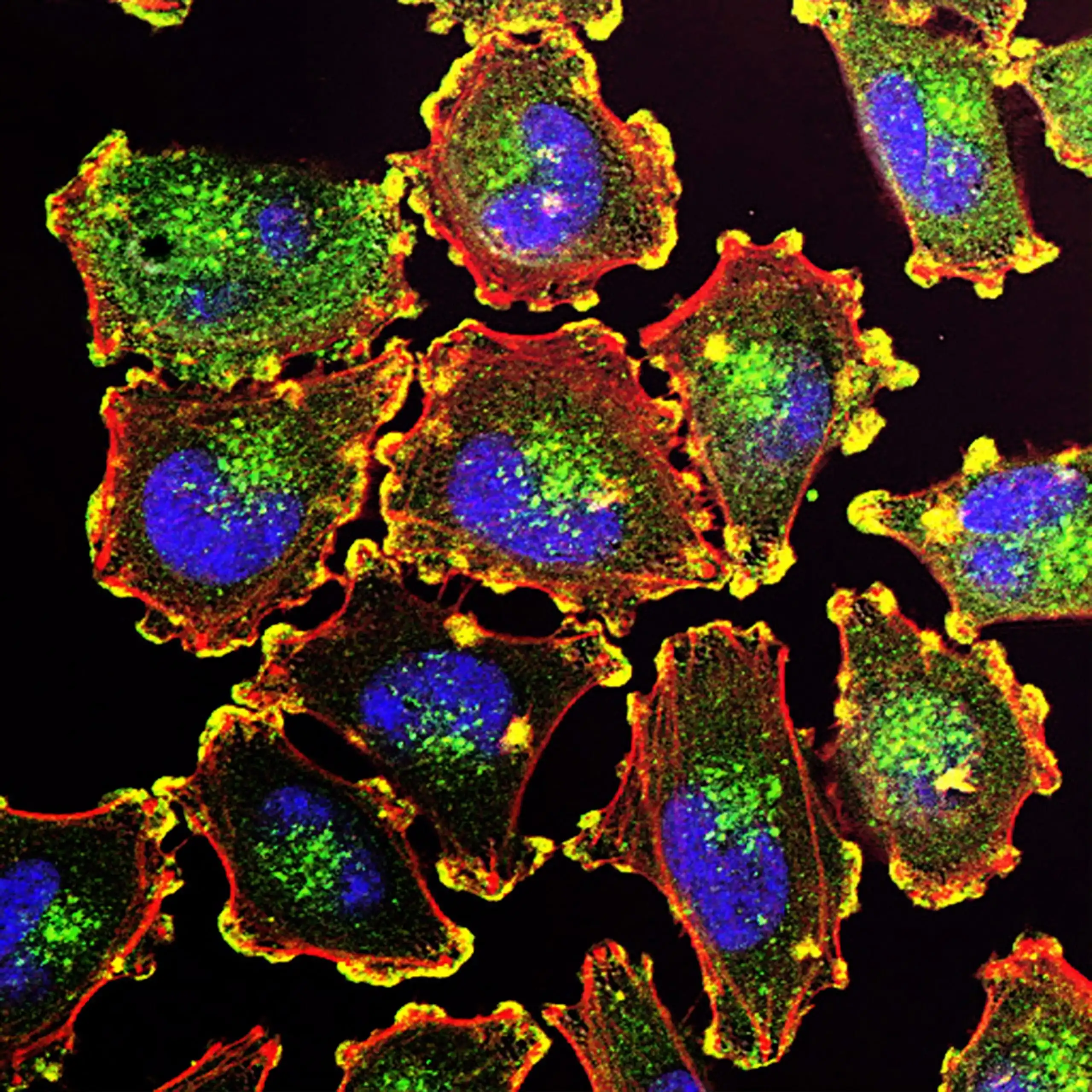
- Semaglutide is a glucagon-like peptide-1 (GLP-1) receptor agonist. It has three functions: it suppresses appetite, protects neurones, and fights fat.
- Semaglutide may be sold as a synthetic generic medication
- We provide high-quality and yield materials, reliable processes that include safe supplies, and creative solutions at cutting-edge facilities
Download GMP-Certified API Product List
MedicaPharma is an EU-based supplier of GMP-certified APIs that serves leading healthcare institutions and research organizations. Click here to download our complete API product list.
Get your requested raw materials quotation
Table of Contents
Semaglutide: mode of action
A lipopeptide with a linear sequence of 31 amino acids is called Semaglutide. Similar to human Glucagon-like peptide-1 (GLP-1), it is used to treat type 2 diabetes mellitus in conjunction with diet and exercise. It has three functions: it suppresses appetite, protects neurones, and fights fat.
Drugs such as Semaglutide influence blood sugar regulation by multiple pathways, including elevated insulin production, slowed stomach emptying and decreased postprandial glucagon and food consumption. The hormones insulin and amylin secreted by pancreatic beta cells, glucagon secreted by pancreatic alpha cells, and gastrointestinal peptides such as glucagon-like peptide 1 (GLP-1) and glucose-dependent insulinotropic polypeptide are responsible for maintaining glucose homeostasis.
Semaglutide’s unique feature is its structural alterations (a substitution of an amino acid at position 8), which produce increased stability against the enzyme dipeptidyl peptidase-4, which breaks down incretins like GLP-1.
In addition to allowing for a change (amino acid substitution at position 34) that stops C-18 fatty di-acid binding at the incorrect sites, the structure of Semaglutide (lysine acylation with a spacer and C-18 fatty di-acid at position 26) also allows for an increased and specific binding to plasma albumin. These features all contribute to semaglutide’s prolonged half-life, which improves patient compliance and quality of life.
Get your requested raw materials quotation
Semaglutide to treat Type 2 diabetes
Semaglutide is a lipopeptide with a linear sequence of 31 amino acids. Similar to human Glucagon-like peptide-1 (GLP-1), it is used to treat type 2 diabetes mellitus in conjunction with diet and exercise.
The API for peptides similar to the hormone generated in the stomach, GLP-1, Semaglutide functions in the same way. It facilitates the pancreas’ increased secretion of insulin in reaction to food consumption. Patients with type 2 diabetes can better control their blood sugar levels with Semaglutide.
Semaglutide is an effective drug for treating Type 2 diabetes. It functions by raising your body’s insulin levels, which lowers your blood sugar (glucose). It also slows down your digestion and lowers the quantity of sugar released into the blood. For those with type 2 diabetes, it can also be used to reduce their risk of heart attack and stroke. This drug is commonly used in conjunction with dietary and exercise modifications.
Semaglutide is used for long-term weight management
Semaglutide is used to lower blood sugar levels, help certain patients lose weight, and minimise their risk of serious cardiovascular events like heart attacks and strokes. Semaglutide is a GLP-1 agonist that decreases glucagon release, delays stomach emptying, increases insulin release, and decreases hunger.
Semaglutide dramatically lowered the glycated haemoglobin (HbA1c) in clinical trials when compared to sitagliptin, exenatide, and insulin glargine U100. Since haemoglobin normally generates 1-deoxyglucose, the HbA1c protein is a common indicator of elevated blood sugar. Semaglutide’s capacity to lower body weight was also demonstrated in the trials.7. Semaglutide increased insulin production and decreased glucagon secretion, which resulted in lowering fasting and postprandial glucose readings after 12 weeks of treatment. It also reduced VLDL cholesterol and fasting triglycerides.
Before being excreted, Semaglutide undergoes a lengthy yet gradual metabolism. This was noted since the medication remains unaltered in the plasma, accounting for 83% of the injected dose. Six distinct metabolites were found in human plasma as a result of metabolism; P3, the main metabolite, accounted for 7.7% of the dose that was given; this suggests that a component of the safety evaluation was below the relative exposure limit. The peptide backbone was broken down by proteases, and the side chain of fatty acids underwent beta-oxidation to create the metabolites. The recognised enzymes, neutral endopeptidase (NEP) and dipeptidyl peptidase (DPP-4) are involved in the breakdown of Semaglutide. NEP hydrolyses peptide bonds and DPP-4 inactivates Semaglutide by truncating the N-terminal sequence.
People with type 1 diabetes should not use semaglutide.
Semaglutide may be sold as a synthetic generic medication
Following the acceptance of an abbreviated new drug application (ANDA) or similar applications with additional regulatory agencies, Semaglutide may be sold as a synthetic generic medication. Due to the length and revisions, quick clearance and efficient filing require technical prowess and regulatory knowledge. As our customer, we will be able to accomplish your business objectives with the help of our high-quality and yield materials, reliable processes that include safe supplies, and creative solutions at cutting-edge facilities.
Want to buy GMP API pharmaceutical ingredients?
MedicaPharma ensures access to GMP active pharmaceutical ingredients across multiple resilient global supply chains. Click here to view a full GMP API product list.
MedicaPharma is capable of supplying all GMP materials needed; our experience with sourcing materials that are difficult to obtain makes us the ultimate choice; just challenge us, we will find any material you need.
Add your Chemical Name below and click GO!



















